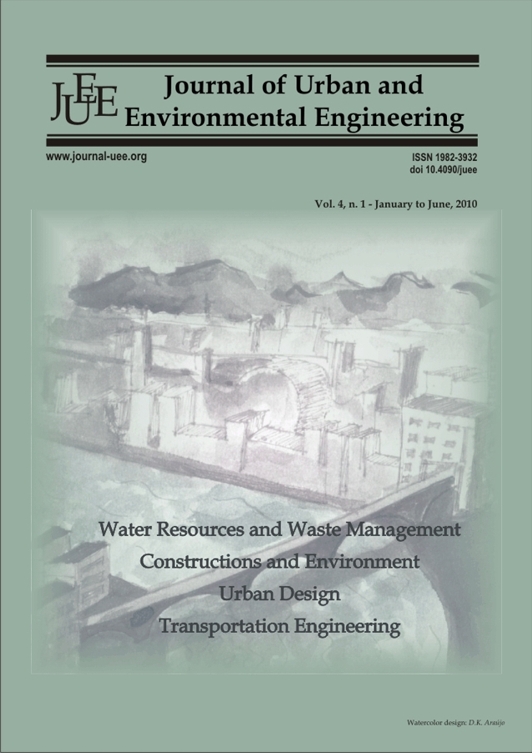VIABILITY OF PRECIPITATION FREQUENCY USE FOR RESERVOIR SIZING IN CONDOMINIUMS <a href="http://dx.doi.org/10.4090/juee.2010.v4n1.023028">(doi: 10.4090/juee.2010.v4n1.023028)</a>
DOI:
https://doi.org/10.4090/juee.2010.v4n1.%25pKeywords:
rainwater, frequency analysis, condominiumsAbstract
The increase of house condominiums in the Brazilian cities is gradually increasing due to problems concerning traffic tie-up, air pollution level, amongst others. In these condominiums, large green areas for leisure, comfort and better life quality for the joint owners are reserved. The large house gardens need hard maintenance, which raises the water demand in the condominiums. The use of the rainwater is an alternative that could be used in Brazil and other countries to minimize the use of potable water in non-potable water needs, such as car wash, garden irrigation, etc. This paper evaluates the precipitation in João Pessoa city (capital of Paraíba state, Brazil), according to the frequency analysis and significance test. Thus, it was applied a robust tool to analyze signal frequency, named wavelet transform, which is appropriated to analyze unregular events and non-stationary series. It was analyzed two precipitation series of João Pessoa city, 1937–1970 and 1980–1996, when it was observed a significant annual signal at level 10%, which revealed the existence of an annual rainy season, which is very convenient for the water storage for further using during the dry season. Finally, the reservoir is an important item in the rainwater system and it has to be correctly design in order to make the system economically practicable. The Rippl method was used for the reservoir sizing analysis.Downloads
Download data is not yet available.
Downloads
Published
2011-01-07
Issue
Section
Articles




